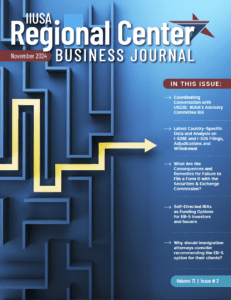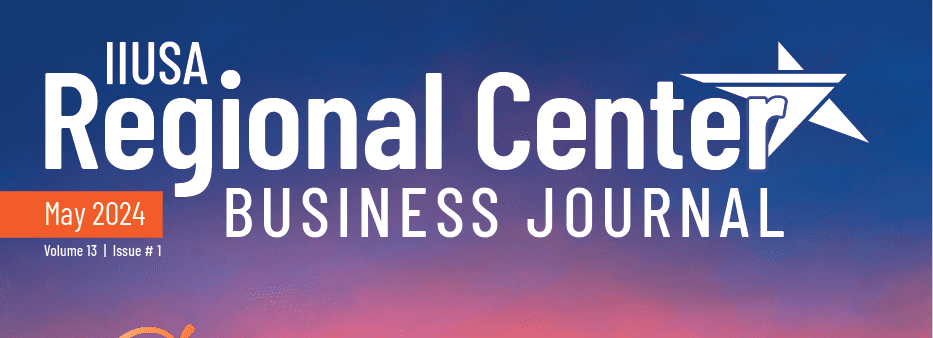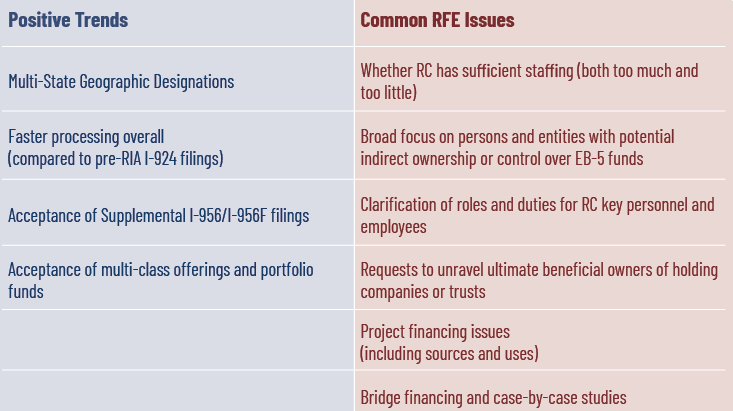RCBJ Perspectives: I-956 and I-956F Adjudication Trends – Considerations and Issues for Regional Centers and Issuers Two Years After the RIA
By Phuong Lee (Partner), Nima Korpivaara (Partner), and Niral Patel (Partner) | KLD, LLP
The following article is from the Spring 2024 edition of IIUSA’s Regional Center Business Journal
Introduction
It’s been over two years since the EB-5 Reform and Integrity Act of 2022 (“RIA”) has gone into effect and industry stakeholders have had some time to analyze adjudication trends from USCIS regarding EB-5 petitions across the board. While the majority of post-RIA adjudication data points to positive trends in processing times (reports of both rural and high unemployment I-526Es being approved in under a year for example), there’s been less useful information or analysis about I-956 and I-956F data.[1] Below we share our thoughts about I-956 and I-956F adjudication trends from our own personal experience as well as cases we’ve been asked to co-counsel or retained to respond to RFEs. The hope is to shed some light on USCIS adjudications of I-956 and I-956F filings so the industry can have a broader discussion of what to be aware of and prepare for moving forward.
We focus on three main areas in our article below: (1) positive trends for RC operators and issuers; (2) potential RFE issues to prepare for, and (3) unresolved issues to be aware of in the future.
READ FULL ARTICLE
EXPLORE THE SPRING 2024 RCBJ









